Introduction
This year India holds the chairmanship of G20. Vasudhaiva Kutumbakam, which translates as “One Earth, One Family, One Future,” is the theme of India’s G20 presidency and has a profound relationship with LiFE (Lifestyle for Environment). For India, the G20 Presidency also heralds the start of “Amritkaal,” the 25 years starting from the 75th anniversary of its independence on 15 August 2022 and ending with the centenary of its independence. It aims to create a future-oriented, prosperous, inclusive, and developed society characterised by a human-centric approach at its core. As part of its G20 presidency, India has been organizing several events and meetings.
Additionally, there are engagement groups that bring together representatives from civil society organisations, legislatures, think tanks, youth, labour, corporations, and researchers of the G20 nations. Under India’s G20 Presidency, the Startup20 Engagement Group will be created for the first time, highlighting the importance of startups in fostering innovation in response to a fast-evolving global environment. Prime Minister Narendra Modi stated at the Bali Summit last year that active consultation with the Engagement Groups is a key component of India’s “inclusive, ambitious, decisive, and action-oriented” G20 strategy.
C20 India 2023 is one of the G20’s official Engagement Groups. C20 enables the opportunity for Civil Society Organisations (CSO) from across the world to express the aspirations of the global population to G20 leaders. It allows CSOs to speak up for the sector’s interests, consider the significant issues that affect populations worldwide, and encourage social and economic development to leave no one behind. On June 10–11, 2023, the Namsai district of Arunachal held the C20 Summit Seminar. The Vivekananda Kendra in Kanyakumari organized the summit seminar with the theme ‘Diversity, Inclusion, and Mutual Respect’ in cooperation with the Arunachal Pradesh government. The major responsibility for its execution was allocated to the Vivekananda Kendra Institute of Culture (VKIC) in Guwahati.
Chief Minister (CM) of Arunachal Pradesh, Sh Pema Khandu, state Assembly Speaker Pasang Dorjee Sona, Deputy Chief Minister (DCM)Chowna Mein, Padmashree Nivedita Bhide (All India-Vice president of Vivekananda Kendra and member of Steering Committee of C20), Sh S Gurumurthy, Chairman of the Vivekananda International Foundation (VIF), Sherpa for the C20, Amb Vijay Nambiar, and Lok Sabha Member Tapir Gao from the Arunachal East Parliamentary Constituency attended the conclave’s opening ceremony on 10 June. This conclave also had a sizable number of overseas representatives.
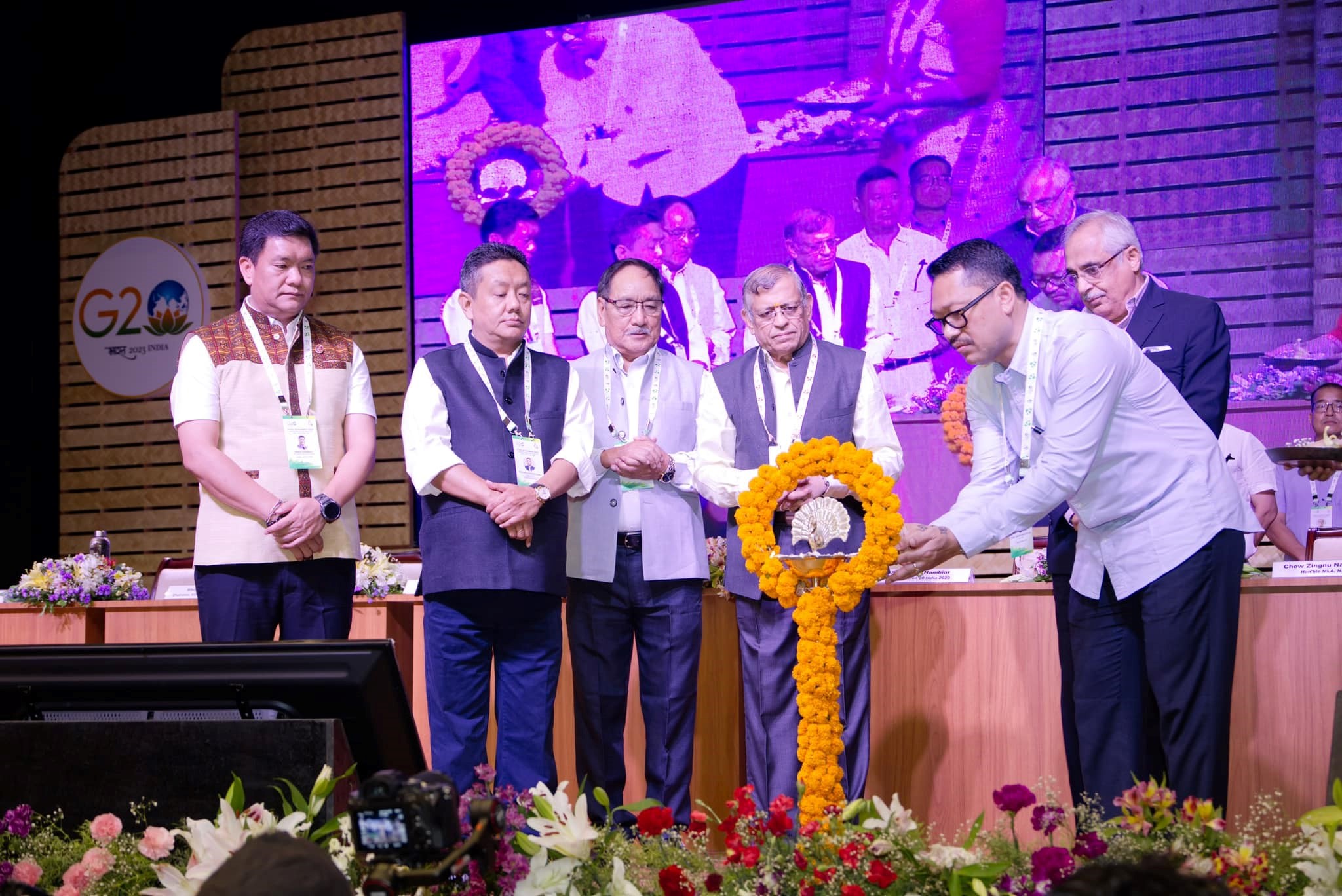
Human civilization and its sustainability in the world depend on understanding and accepting this diversity based on the Oneness of existence and, therefore, mutually respecting each one’s right to live, express and practice his civilizational values. Shri S Gurumurthy, in his keynote address, stated that the principles of diversity, inclusiveness, and mutual respect are interlinked. He said, “Diversity is the foundation of human life and religion and acknowledges that people are different with different nuances, and this, along with inclusion and mutual respect, needs a global-level introspection and discussion.” He added, “A profound topic like diversity should not be discussed in silos.” “Diversity is not an individual virtue but a collective one,” he added.
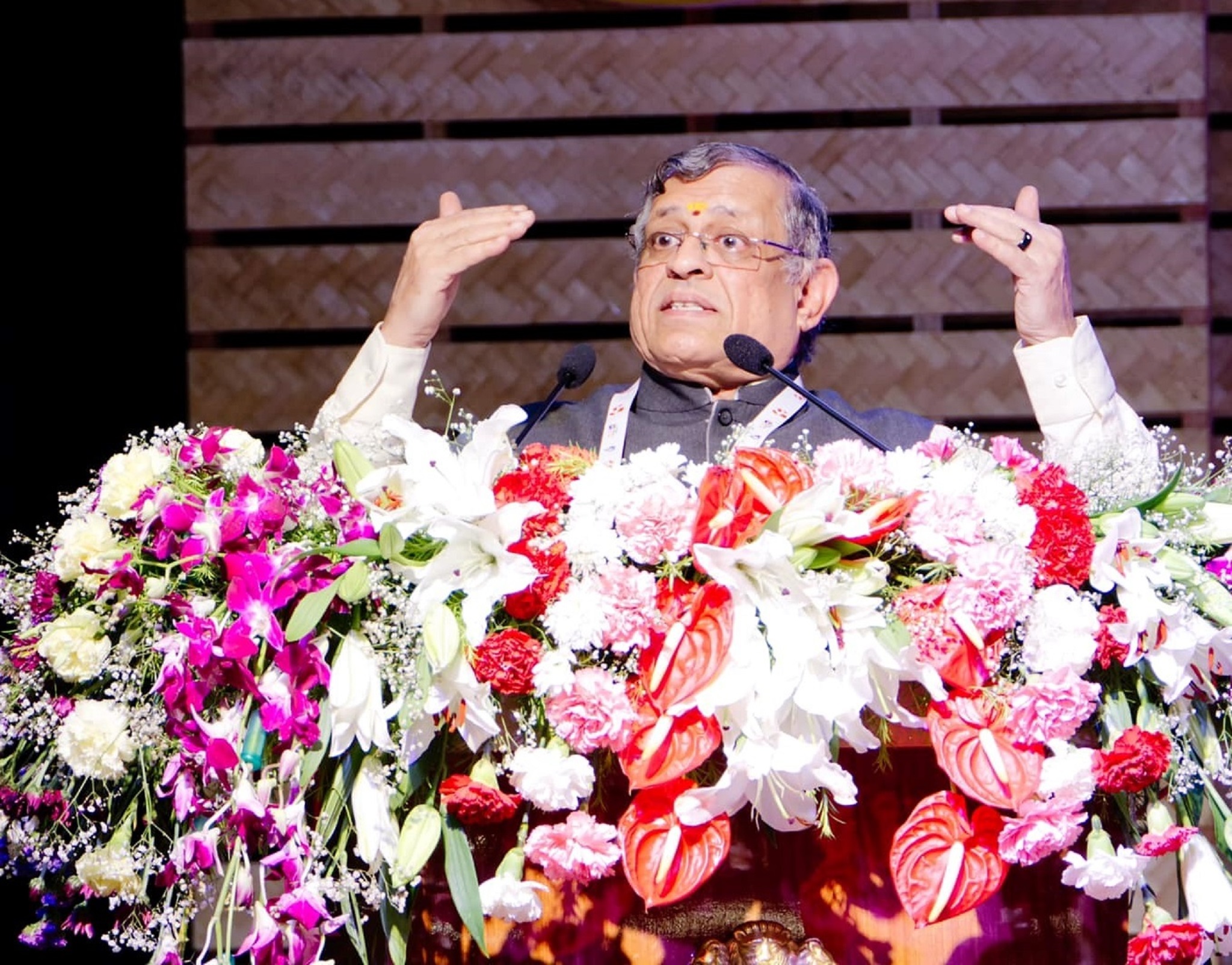
Arunachal Pradesh is a living example of diversity where various tribes have lived harmoniously for years. Its cultural diversity must be preserved and prompted. In his address, the DCM pointed out that the state provides “enormous opportunities for cultural tourism, religious tourism, ecotourism, and adventure tourism, including activities such as trekking, river rafting, and mountaineering, as well as sports and research tourism, due to its rich bio- and cultural diversity.” He also stated that Arunachal could develop 50,000 MW of hydroelectricity and that the BJP administration has achieved amazing progress in terms of connectivity.
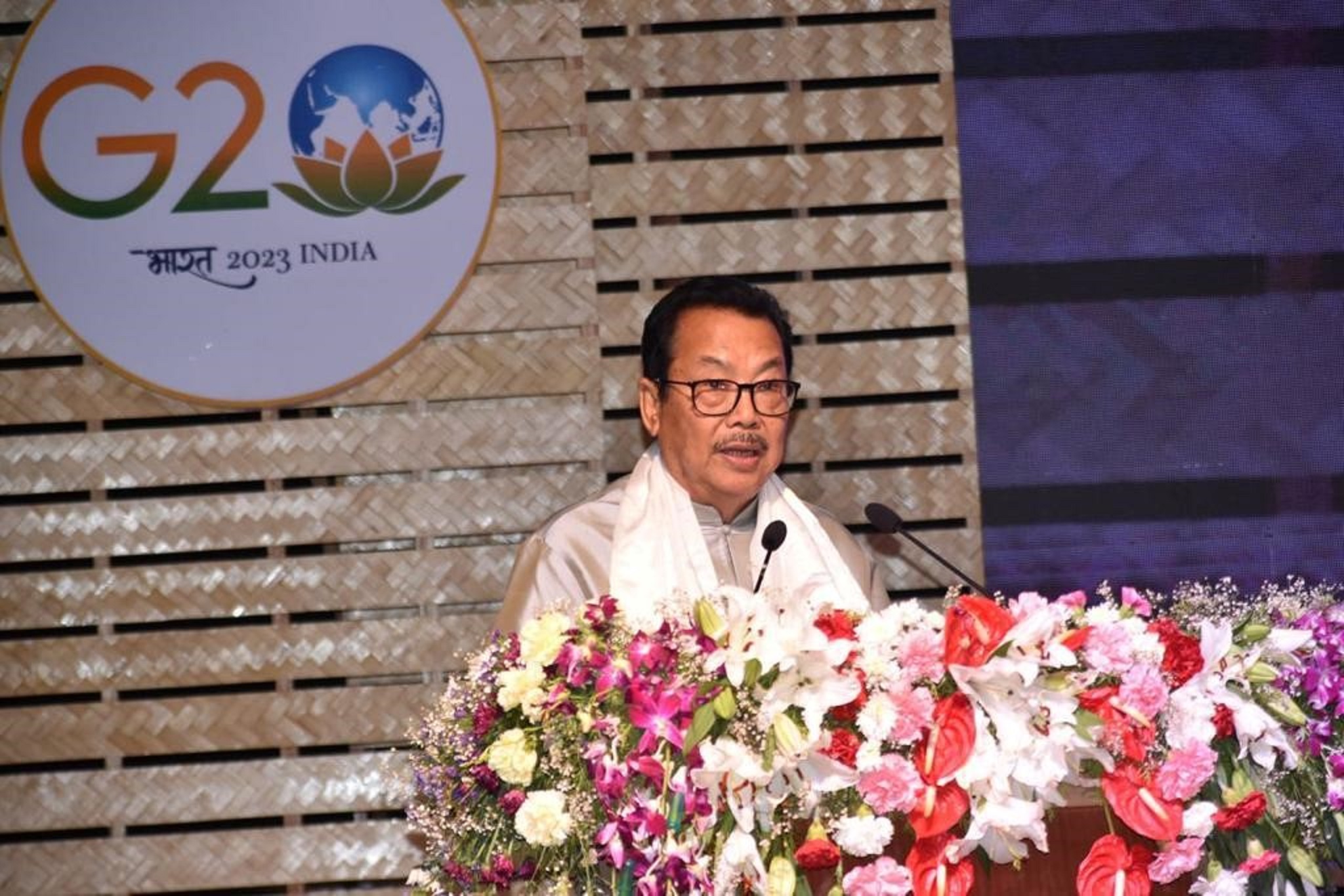
In his remarks at the seminar, Arunachal CM Sh Pema Khandu emphasised the importance of civil societies in the state that is trying to foster better communication between the government and the state’s various ethnic groups. “We recognise the enormous value that civil societies bring to the table. Their expertise, skills and community-led activities are critical assets for inclusive and long-term development.” He applauded the idea ofthe C20 summit, saying it will “serve as aunique platform for knowledge-sharing, dialogue, and cooperation among civil society organisations from around the world to promote social and economic development with the vision of leaving no one behind.” India is on a mission to create a shared global future for all as the current government of India commemorates nine years of “seva, sushasan, and garib kalyan” under Prime Minister Narendra Modi’s leadership.

Arunachal has developed rapidly over the past few years, according to Khandu, and is thought to have the best infrastructure among the smaller states. He attributed the “unparalleled progress” of the state to the organisations in civil society and their persistent commitment. He said, “In Arunachal Pradesh, community-based organisations (CBOs) actively participate in our interaction with civil society organisations. We ensure that these CBOs’ perspectives are heard throughout the annual state general budget preparation process and welcomed with the highest respect and regard. Their suggestions help us establish inclusive and successful development policies because they provide us a thorough awareness of the needs and ambitions of diverse groups.”
After the inaugural session, the other three seminar sessions deliberated on various themes. The second session focused on understanding inclusion and mutual respect in the context of differently-abled (Divyaang-jan) and gender issues. The third session discussed culture and faith of indigenous communities towards sustainability and development. The fourth session discussedrevitalizing ancient culture for a more harmonious and inclusive world order and diverse issues - civilisation solutions.
Choosing Namsai was a Great Idea and Linked to the Seminar's Theme
Arunachal Pradesh is renowned for its remarkable cultural diversity, where numerous ethnic groups coexist harmoniously. With over 26 major tribes and numerous sub-tribes, each boasting its unique customs, languages, and traditions, Arunachal Pradesh serves as a captivating tapestry of human diversity. This essay delves into the cultural diversity of Arunachal Pradesh, highlighting the significance of preserving and celebrating this cultural mosaic.
Some prominent tribes in Arunachal Pradesh include the Adi, Nyishi, Apatani, Galo, Mishmi, Monpa, and Wancho. Each tribe has distinct cultural practices, festivals, attire, dialects, and social structures. For instance, the Nyishi tribe is known for its colorful traditional costumes and vibrant dance forms, while the Monpa tribe is renowned for its unique Buddhist rituals and art forms. These tribes exhibit a harmonious coexistence, respecting and embracing the diversity that binds them together.
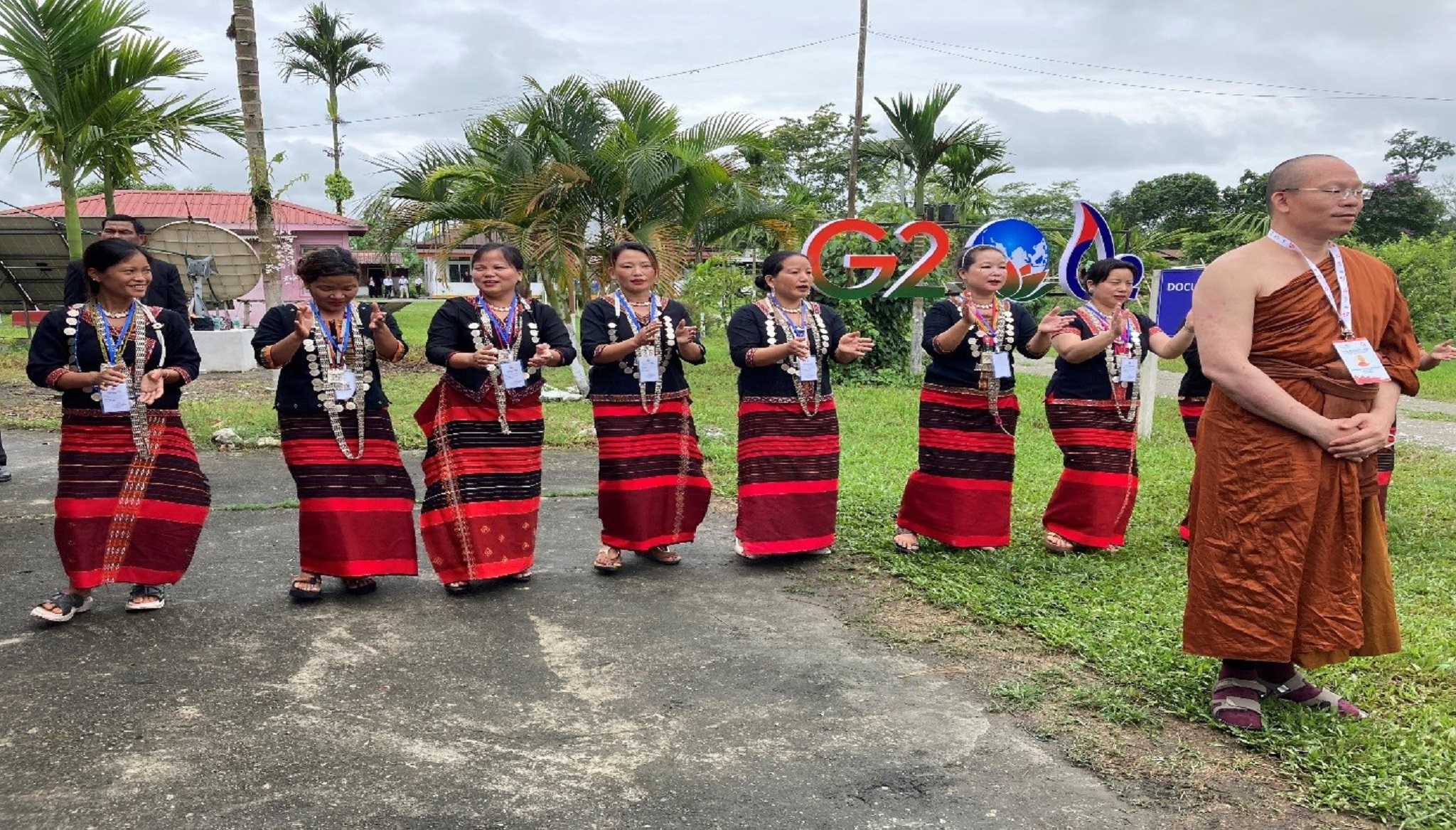
Arunachal Pradesh is a land of festivals where the diverse tribes celebrate their cultural heritage enthusiastically. Festivals form an integral part of the social fabric, acting as a community unifying force. The festivals provide a platform for showcasing traditional dances, music, rituals, and cuisine.
One of the most significant festivals in Arunachal Pradesh is Losar, celebrated by the Monpa tribe. Losar marks the Tibetan New Year and is characterized by colorful processions, masked dances, and the lighting of butter lamps. Another major festival is Nyokum, celebrated by the Nyishi tribe, where people offer prayers for a prosperous harvest and engage in community feasts and cultural performances.
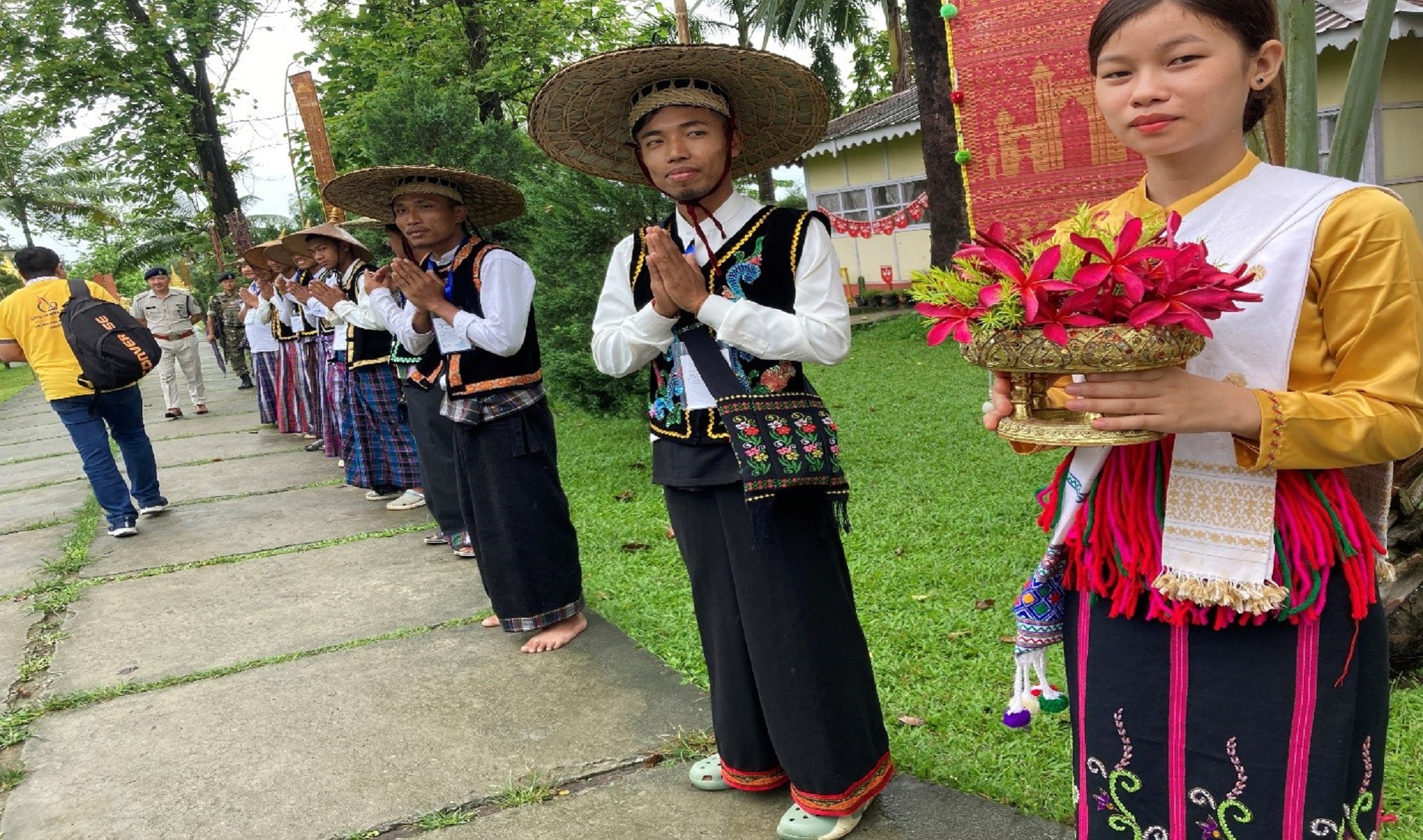
Apart from festivals, the tribes have unique traditional practices and rituals passed down through generations. The Apatani tribe, for instance, practices paddy-cum-fish cultivation and maintains a sustainable agricultural system, showcasing their deep-rooted connection to the land and environment. The Galo tribe practices indigenous systems of medicine and healing, incorporating traditional herbs and remedies.
Preservation and Challenges
Preserving the cultural diversity of Arunachal Pradesh is crucial for maintaining the state’s identity and fostering social cohesion. However, this diversity faces various challenges that need to be addressed. The influence of modernization, urbanization, and globalization has gradually eroded traditional practices and values. Younger generations are increasingly exposed to external influences, which can lead to losing traditional knowledge and practices.
To overcome these challenges, several initiatives have been undertaken. In collaboration with cultural organizations, the state government has implemented policies to promote and preserve cultural diversity. Efforts are being made to document and archive traditional knowledge, languages, and practices. Cultural festivals and events are organized regularly to showcase the richness of Arunachal Pradesh’s diverse cultures.
Education plays a vital role in preserving cultural diversity. Schools and educational institutions are incorporating local history, language, and cultural studies into their curriculum. This approach helps instill a sense of pride and awareness among the younger generation about their cultural heritage. It is with mentioning the work done by the Vivekananda Kendra. They are operating multiple schools in the remotest parts of Arunachal Pradesh. The organisational values of the schools are based on the general philosophies of Swami Vivekananda, such as “If the poor boy can’t come to education, education must go to him,” and “Education is the manifestation of perfection already in man.” The first Vivekananda Kendra Vidyalaya was launched in Arunachal Pradesh, in Sher. Most of these institutions are residential and emphasise their student’s overall development.
The cultural diversity of Arunachal Pradesh is a valuable asset that needs to be celebrated and preserved. It reflects the resilience, creativity, and vibrancy of its people. The cultural practices, festivals, and traditions bridge the past and present nurturing a sense of belonging and identity among the diverse communities. To sustain this cultural tapestry, the government, communities, and individuals must work together. Efforts should be made to strike a balance between development and cultural preservation.
A non-profit, non-governmental organisation called Research Institute of World’s Ancient Traditions Cultures and Heritage (RIWATCH) conducts research in the community. It demonstrates how cultural empowerment of ethnic communities is essential for sustainable development. Their ability to network with local elders and maintain relationships inside the community significantly accelerates their job. The mission of RIWATCH is to improve ethnic communities’ value systems in order to enable them to develop sustainably.
Assimilation of the Khamti Tribe Demonstrates the Inclusion, Mutual Respect and Diversity
The Khamti tribe is an ethnic group belonging to the Tai-Kadai language family, residing primarily in the northeastern region of India, particularly in Arunachal Pradesh. The Khamtis are known for their unique cultural practices, rich traditions, and historical significance. This section will provide an overview of the Khamti tribe, highlighting their history, culture, and regional contributions.
The Khamti tribe traces its origins to the ancient city of Mong Mao, located in present-day Myanmar (formerly Burma). The Khamtis are believed to have migrated from Mong Mao in the early 13th century and settled in different parts of present-day Arunachal Pradesh. They established their kingdom known as Khamjang, which flourished for several centuries. The Khamtis have a distinct culture that reflects their historical roots and influences from neighboring regions. Their language, Khamti, belongs to the Tai-Kadai language family, which other Tai ethnic groups also speak in Southeast Asia. The Khamti language is widely spoken among the tribe, and efforts are being made to preserve and promote it.
Initially, the Khamtis practiced Theravada Buddhism, influenced by their historical connections with Myanmar and the Tai regions. However, a syncretic form of Buddhism blended with indigenous animistic beliefs has developed over time among the Khamtis. They perform religious rituals, celebrate festivals, and build Buddhist stupas as places of worship. The Khamtis have made significant contributions to the cultural and historical heritage of the region. They have played a crucial role in spreading Buddhism in the northeastern states of India, particularly in Arunachal Pradesh. The presence of ancient Buddhist monasteries, stupas, and scriptures in the Khamti-inhabited areas is a testament to their contributions.
Finally, it can be said that the way Arunachal Pradesh has embraced and valued cultural diversity can be the torch bearer of an inclusive and culturally rich society for the world.
(The paper is the author’s individual scholastic articulation. The author certifies that the article/paper is original in content, unpublished and it has not been submitted for publication/web upload elsewhere, and that the facts and figures quoted are duly referenced, as needed, and are believed to be correct). (The paper does not necessarily represent the organisational stance... More >>
Image Source: https://pbs.twimg.com/media/Fygv92UaAAApxUj?format=jpg&name=large

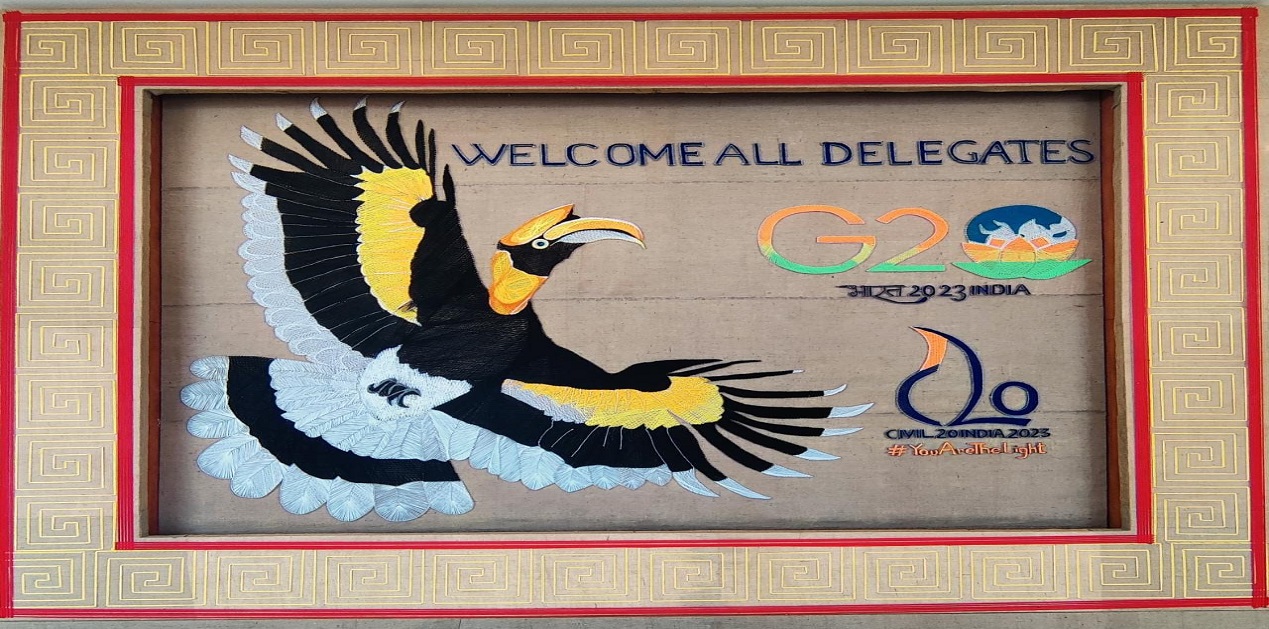
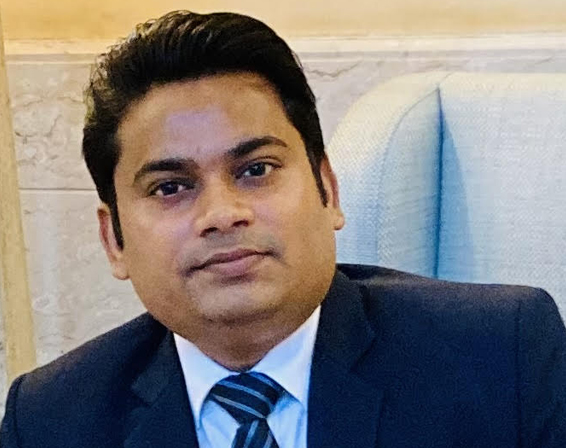







Post new comment